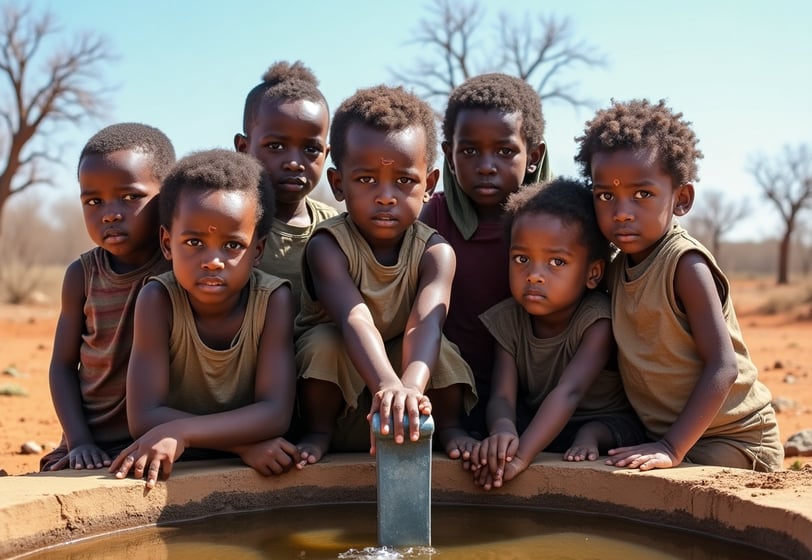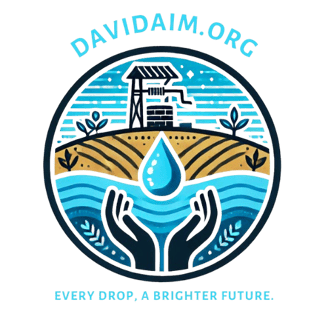How Clean Water Reduces Child Mortality Rates
Access to clean water is one of the most critical factors in improving public health, particularly for children. Millions of children worldwide suffer from diseases caused by contaminated water, leading to high mortality rates. How Clean Water Reduces Child Mortality Rates
david aim
2/16/20252 min read


The Link Between Clean Water and Child Mortality
Prevention of Waterborne Diseases
Contaminated water is a breeding ground for deadly diseases like cholera, diarrhea, dysentery, and typhoid.
According to the WHO, diarrhea-related illnesses are one of the leading causes of child deaths, killing approximately 1,300 children daily.
Access to clean water reduces the transmission of these diseases and improves child survival rates.
Improved Hygiene and Sanitation
Clean water enables proper handwashing, reducing the spread of infections.
Studies show that handwashing with soap can cut diarrheal disease risk by up to 47%.
Adequate sanitation, including access to safe toilets, prevents water contamination and disease outbreaks.
Reduced Malnutrition and Stunted Growth
Unsafe water contributes to chronic diarrhea and intestinal infections, leading to malnutrition.
Malnourished children are more vulnerable to disease, further increasing mortality rates.
Clean water ensures better nutrient absorption, promoting healthy growth.
Decreased Infant and Neonatal Deaths
Contaminated water used during childbirth can cause infections in both mothers and newborns.
Access to clean water in hospitals and homes reduces the risk of neonatal sepsis and other life-threatening conditions.
Broader Societal Impact
Increased School Attendance: Fewer illnesses mean children can attend school regularly, improving literacy and future opportunities.
Economic Growth: Healthy children grow into productive adults, reducing the economic burden of healthcare costs and increasing national productivity.
Empowerment of Women: In many communities, women and girls spend hours fetching water. Providing clean water frees time for education and economic activities.
Solutions to Improve Clean Water Access
Infrastructure Development: Building wells, filtration systems, and safe water distribution networks.
Education and Awareness: Teaching communities about water safety, hygiene practices, and proper sanitation.
Government and NGO Interventions: Policies and projects focusing on sustainable clean water access.
Conclusion
Clean water is fundamental to reducing child mortality and fostering healthier communities. Investing in safe water sources, hygiene education, and sanitation infrastructure is essential to saving lives and ensuring a brighter future for children worldwide.




